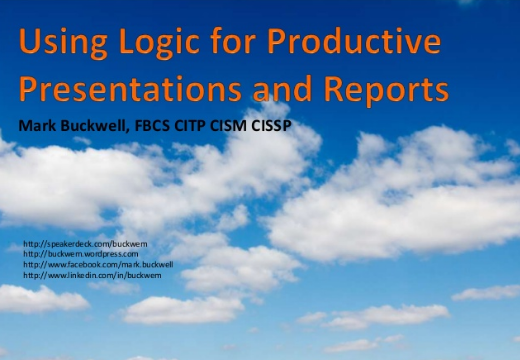One of my millennial sons has framed IBM as “the Google of my generation”. My career path included assignments and visits to the IBM Advanced Business Institute, in Palisades, NY. Mentions of that team, and the Palisades Executive Conference Center where it was located, have mostly disappeared from the Internet. As one of the younger IBM professionals to have known the ABI, I can provide some history. (If friends want to correct me, I welcome that!)
- 1. The Palisades Executive Conference Center opened in 1989
- 2. The Executive Consulting Institute from 1993 was instrumental in education for IBM Consulting Group
- 3. The Advanced Business Institute offered courses for customer executives 1989-2004
While the Facebook page for the IBM Palisades Executive Conference Center has recent additions, the venue hasn’t had that title for some years.
1. The Palisades Executive Conference Center opened in 1989
IBM Palisades is not to be confused with the IBM Learning Centre in Armonk, that was opened in 1979, a facility primarily for the (internal) management development of IBM executives. IBM Palisades is also not the Thornwood Conference Center in Westchester County, opened in 1985, that was more often used for customer technical briefings.
IBM Palisades was originally designated for customer executive education, i.e. CEOs and VPs on corporate retreats hosted by IBM. The grounds are well-secluded, and easy to secure. The site is on the west side of the Hudson River, which most people would presume as being in New Jersey. … Read more (in a new tab)
One of my millennial sons has framed IBM as “the Google of my generation”. My career path included assignments and visits to the IBM Advanced Business Institute, in Palisades, NY. Mentions of that team, and the Palisades Executive Conference Center where it was located, have mostly disappeared from the Internet. As one of the younger IBM professionals to have known the ABI, I can provide some history. (If friends want to correct me, I welcome that!)
- 1. The Palisades Executive Conference Center opened in 1989
- 2. The Executive Consulting Institute from 1993 was instrumental in education for IBM Consulting Group
- 3. The Advanced Business Institute offered courses for customer executives 1989-2004
While the Facebook page for the IBM Palisades Executive Conference Center has recent additions, the venue hasn’t had that title for some years.
1. The Palisades Executive Conference Center opened in 1989
IBM Palisades is not to be confused with the IBM Learning Centre in Armonk, that was opened in 1979, a facility primarily for the (internal) management development of IBM executives. IBM Palisades is also not the Thornwood Conference Center in Westchester County, opened in 1985, that was more often used for customer technical briefings.
IBM Palisades was originally designated for customer executive education, i.e. CEOs and VPs on corporate retreats hosted by IBM. The grounds are well-secluded, and easy to secure. The site is on the west side of the Hudson River, which most people would presume as being in New Jersey. … Read more (in a new tab)



